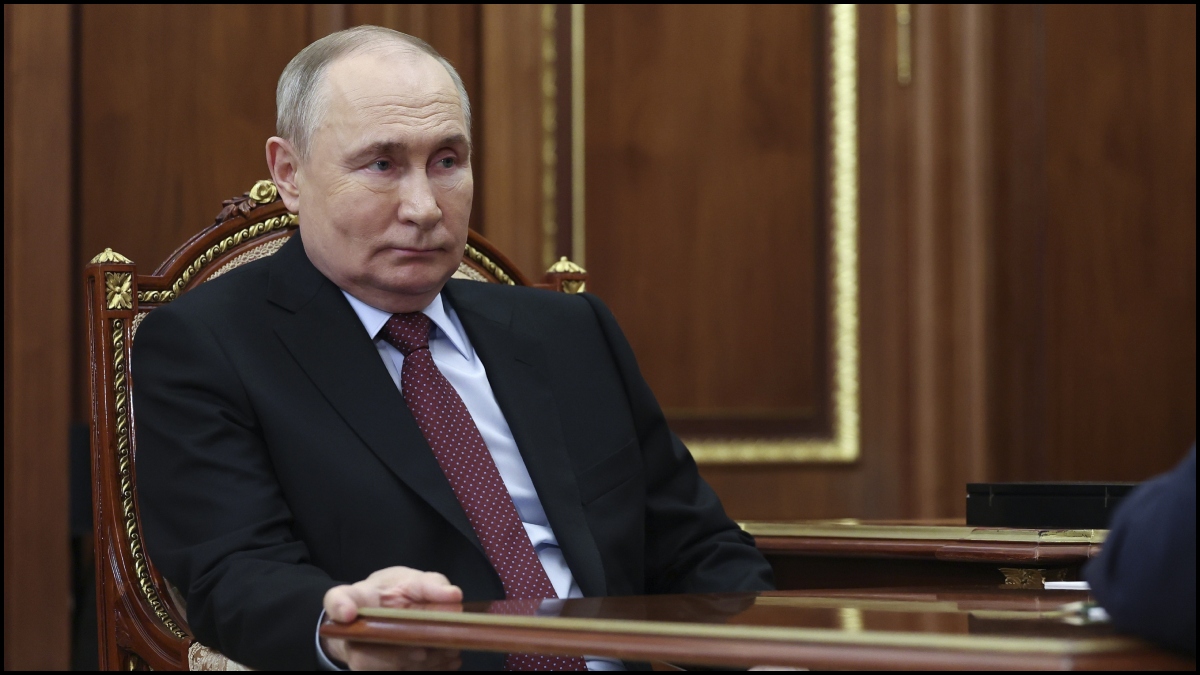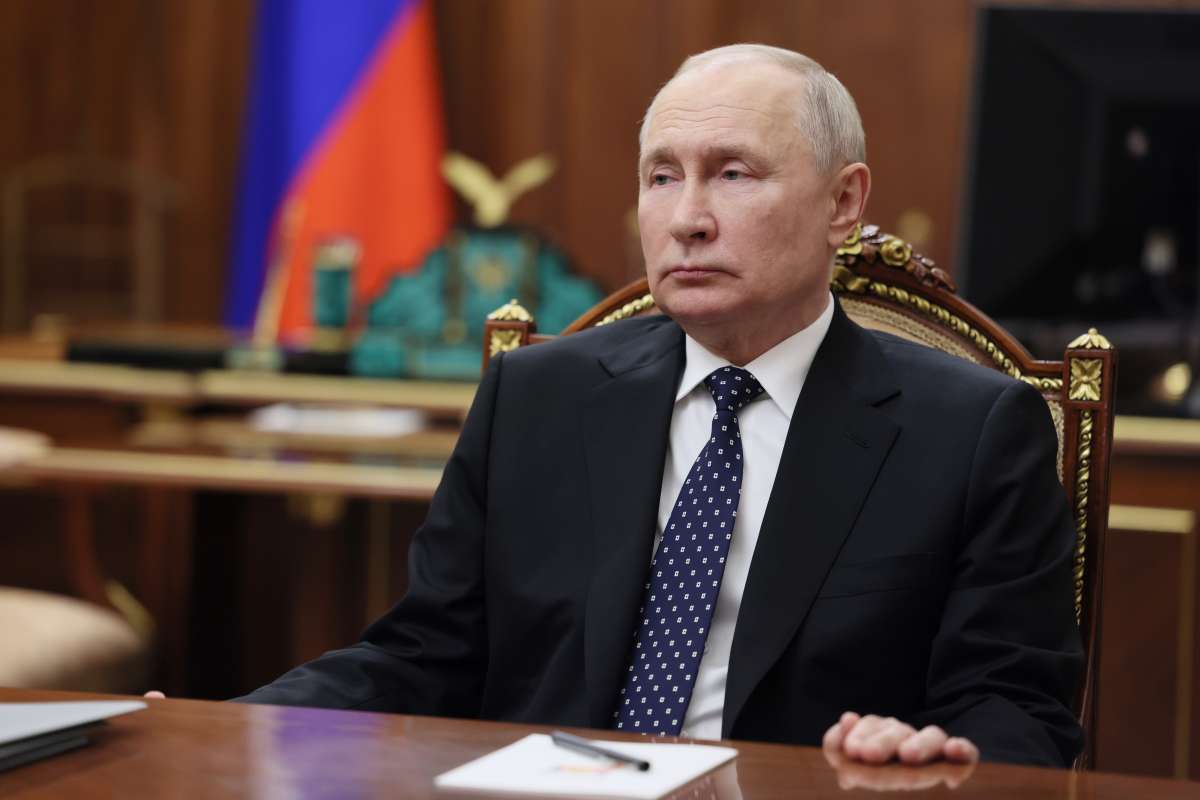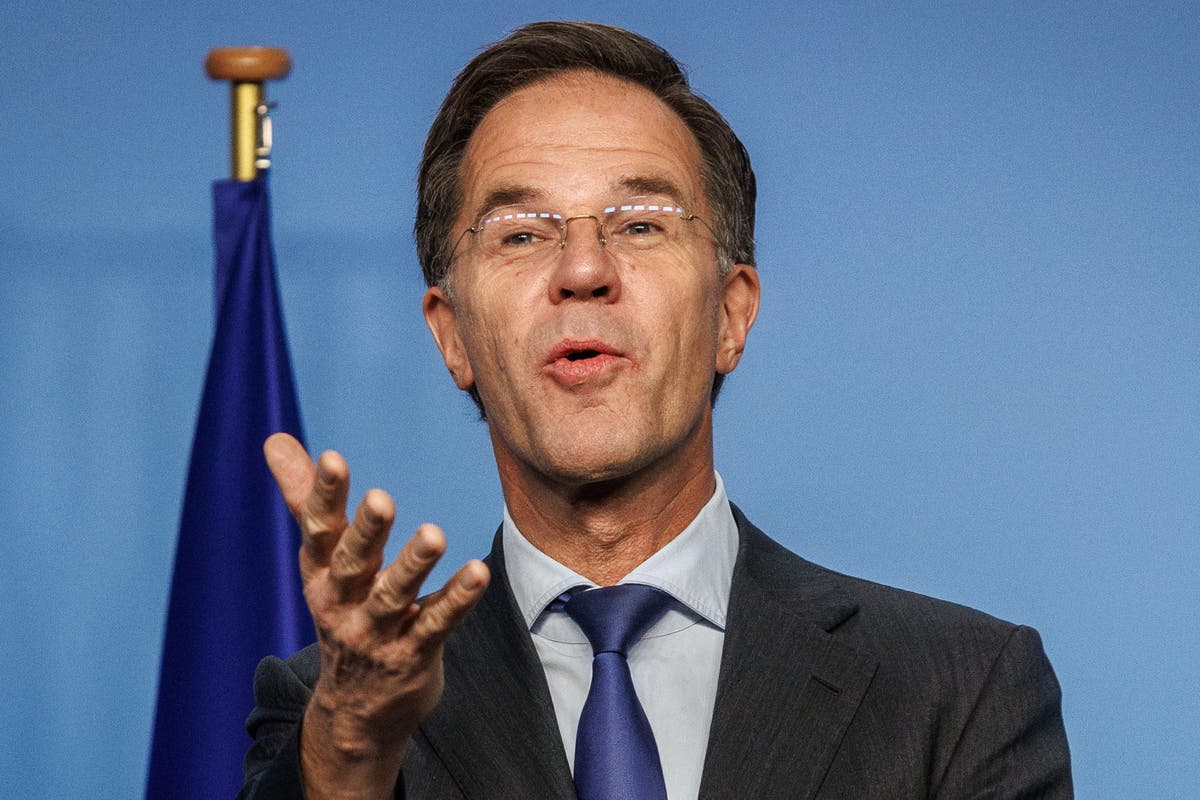
Nuclear signalling, the need for new guard rails
The HinduThe conflict in Ukraine and the recourse to nuclear rhetoric have revived concerns about nuclear escalation management between the major nuclear powers. On February 7, 2022, Mr. Putin warned that “if Ukraine attempts to take back Crimea, European countries will be in conflict with Russia, which is a leading nuclear power superior to many NATO countries in terms of nuclear force”. Even as the U.S. issued blunt warnings to Russia against using tactical nuclear weapons, in the first week of March, NATO decided against a no-fly-zone and Poland, Slovakia and Bulgaria announced that they would not be sending MiG aircraft to Ukraine on account of Russian threats against their airfields from where these aircraft were to take off. Russian officials tried to downplay the nuclear threat by pointing out that Russia would resort to nuclear use only if faced with an existential threat, while U.S. officials tried to convey reassurance to their European allies that while Mr. Putin’s threats were to be taken seriously, there were no indications of unusual activity at nuclear sites. Probing for red lines Russia’s nuclear doctrine issued on June 2, 2020 specifies two conditions under which Russia would use nuclear weapons: “…in response to the use of nuclear weapons and other types of weapons of mass destruction against it/or its allies” and “in the case of aggression against the Russian Federation with the use of conventional weapons, when the very existence of the state is put under threat”.
History of this topic
)
Why US, Russia are opting for brinkmanship instead of talks to end Ukraine war
Firstpost)
When Ukraine gave up world's 3rd-largest nuclear arsenal, did it set stage for Russian invasion?
FirstpostRussia-Ukraine War: NATO’s New Missile Strategy Risks Nuclear Conflict While Europe Celebrates Christmas
The Hindu
Threat of world war is ‘serious and real’ Poland says as Putin steps up threats against West
The Independent
Kremlin warns 'a collision between the nuclear powers' is imminent now the West is firing missiles into Russia in latest threat of WW3
Daily Mail)
Polish PM Donald Tusk warns of global conflict as Russia escalates with hypersonic missile attack
Firstpost
Mint Quick Edit | Don’t let the Russia-Ukraine conflict escalate further
Live Mint
Nuclear threat in Russia-Ukraine war? Who's saying what
India Today
Putin signs new Russian nuclear doctrine after Biden's arms decision for Ukraine
Deccan ChroniclePutin lowers the threshold for using his nuclear arsenal after Biden’s arms decision for Ukraine
Associated Press
Putin signs new Russian nuclear doctrine after Biden's arms decision for Ukraine
New Indian Express)
Why India will watch how Russia counters Ukraine's US-made ATACMS missiles
Firstpost
Nuclear Adventurism: The Rise of a New Nuclear Era
Hindustan Times
NATO will start an annual nuclear exercise as Russia threatens Ukraine's Western backers
The Independent
Russia invokes its nuclear capacity in a U.N. speech full of bile toward the West
LA TimesPutin lowers threshold of nuclear response as he issues new warnings to the West over Ukraine
Associated Press
Putin lowers the threshold for a nuclear response in new warnings to the West over Ukraine
LA Times
US missiles in Germany signal Cold War, Kremlin says
Hindustan Times
Russia says US missiles in Germany signal return of Cold War
Al JazeeraPutin sees no need for nuclear weapons to win in Ukraine. But he’s also keeping his options open
Associated Press)
Dangerous stalemate in Ukraine: Is a Russia-NATO nuclear war becoming inevitable?
Firstpost
The risks of Russia’s nuclear posturing
The Hindu
What is behind Russia’s nuclear escalation threat?
Al Jazeera
News analysis: Why Putin is raising the specter of nuclear weapons again
LA Times
Russia warns of direct clash with West over Ukraine military aid
Hindustan Times
Stalemate in Ukraine, NATO in expansion
Hindustan Times
Putin warns West, says Russia is ready for nuclear war if US sends troops to Ukraine
India TV News
Putin resumes ‘sabre-rattling’ with warning Russia ready for nuclear war
Al Jazeera
Victim of US' European security trap
China Daily
Victim of US' European security trap
China Daily
The Prospects for North Korea-Russia Nuclear Cooperation
The Diplomat
NATO freezes Cold War-era security pact after Russia revokes ratification of Nuclear Test Ban Treaty
India TV NewsUN atomic watchdog warns of threat to nuclear safety as fighting spikes near a plant in Ukraine
Associated Press
U.N. atomic watchdog warns of threat as fighting escalates near Ukraine nuclear power plant
LA Times
What's next in Ukraine as U.S.-backed "counteroffensive" grinds to a halt?
Salon
NATO sees no change in Russia’s nuclear posture despite Belarusian leader’s claims
LA TimesWatchdog: Nuclear states modernize their weapons, Chinese arsenal is growing
Associated Press
The fallout of Putin helping make NATO ‘great again’
The Hindu
Nuclear conflict risk between US, Russia ‘steadily growing’ amid Ukraine war: Report
Hindustan Times
Finland’s long-held neutrality is over. What next?
Al Jazeera
'Dangerous and irresponsible': NATO slams Putin rhetoric on nuclear weapons in Belarus
India Today
Ukraine demands emergency UN meeting over Putin nuclear plan
Associated PressKyiv seeks Security Council meet to stop Russian 'nuclear blackmail' in Belarus
The Hindu
NATO condemns Putin for ‘dangerous’ nuclear rhetoric
Al Jazeera
Russia's nuclear rhetoric is dangerous and irresponsible, says Nato
India Today)
Russia's nuclear weapon threat "inadmissible", urge for "lasting peace" in Ukraine, says Quad leaders
Firstpost
News Analysis: Putin leaving nuclear treaty is a reminder that he has — and can use — nuclear bombs
LA Times
Ukraine war shifts global power relations as China asserts role
Al Jazeera
Nuclear war no closer despite treaty move, Russian official says
Al JazeeraDiscover Related









)

)
)



)

)



















)

